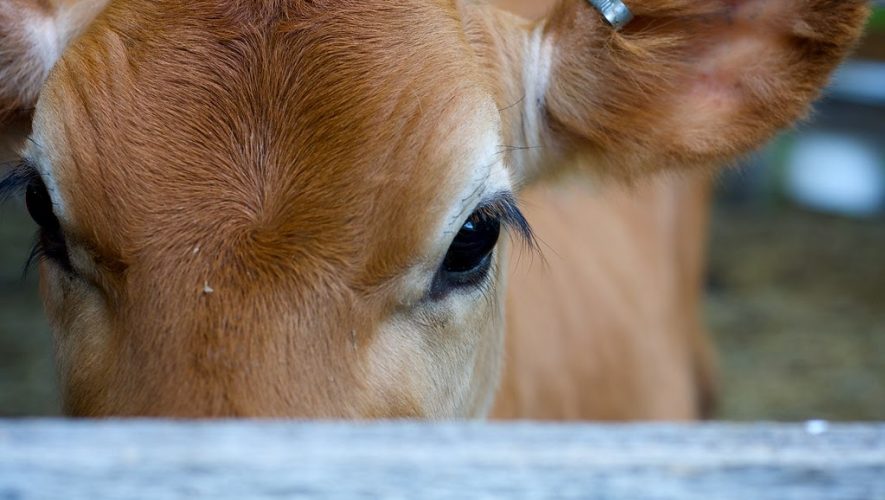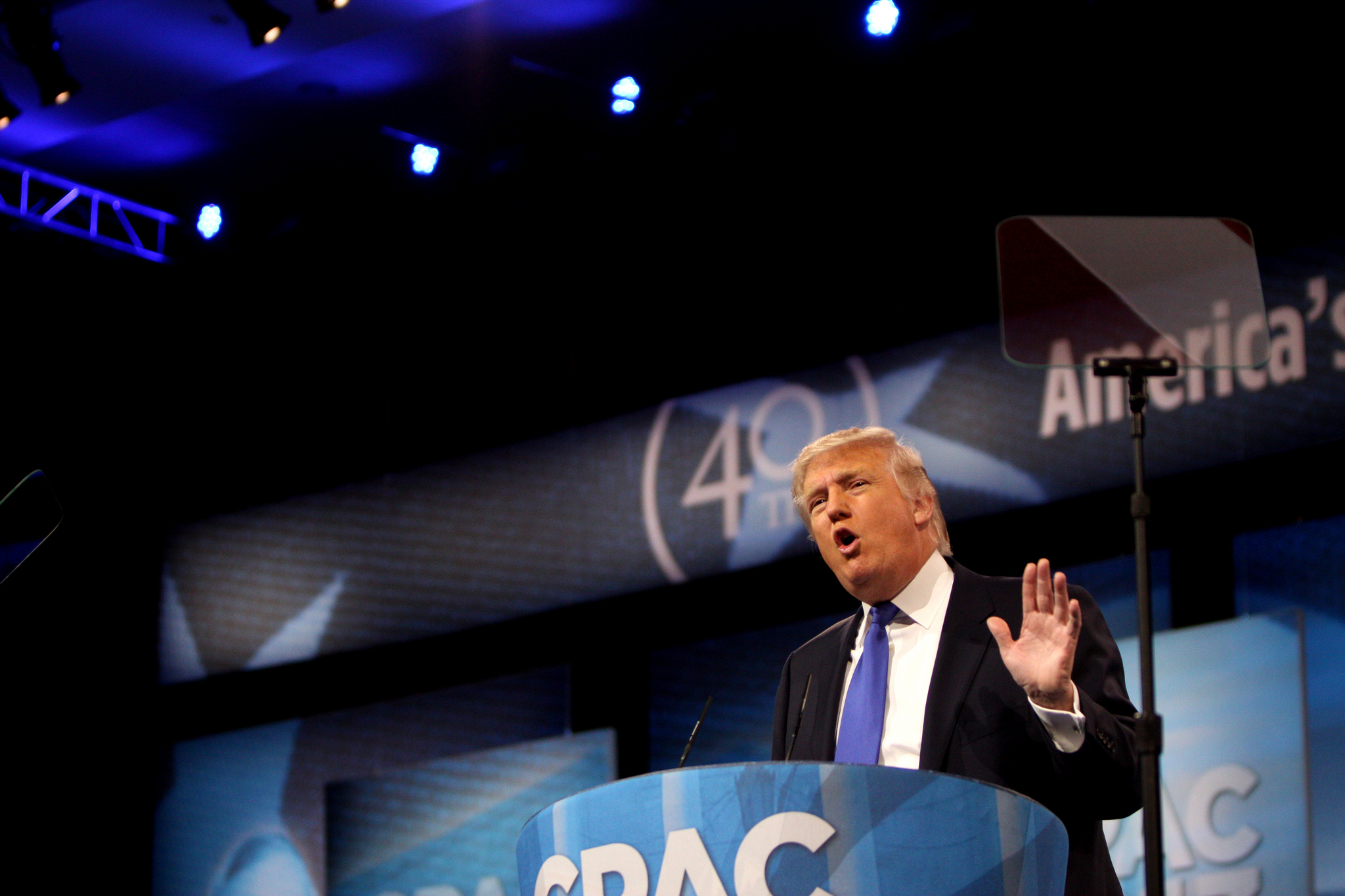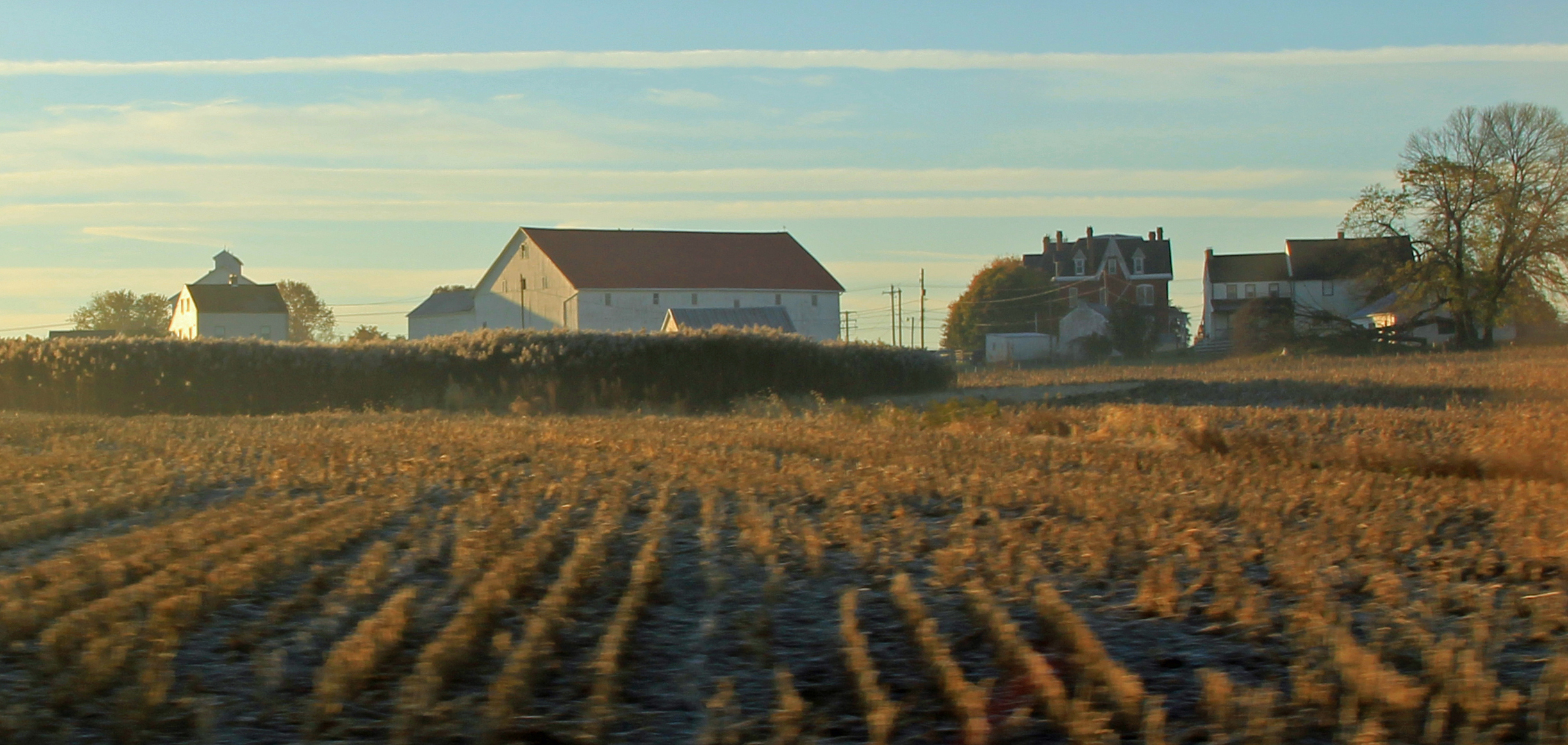The US government’s support for dairy farms exacerbates overproduction and supports an unsustainable, dying industry, wasting billions of taxpayer dollars.
According to the United States Department of Agriculture (USDA), American milk consumption dropped from 275 pounds per capita in 1975 to 149 pounds in 2017. Due to dwindling demand, US dairy farming operates at a substantial loss—in 2016, the national average was $10.16 net loss per hundred pounds of milk. However, New York and Vermont farmers lost $16.34 and $17.38 per hundred pounds, respectively.
American farmers dump millions of gallons of excess milk a year. In 2016, the American dairy industry drained 43 million gallons of excess milk in fields, animal feed, or anaerobic lagoons. In the shortsighted interest of keeping farms in business, the federal government purchases billions of dollars’ worth of excess milk, which is stored as cheese. As of 2019, the USDA has 1.4 billion pounds of surplus cheese.
Heavy subsidy masks the industry’s lowered demand. One year after the passage of the Agricultural Act of 2014—which reformed commodity and crop insurance programs—the American government spent $24.7 billion in direct and indirect subsidies. Subsequently, the dairy industry received $43 billion in 2016 and $36.3 billion in 2017. In 2018, 42 percent of revenue for US dairy producers came from some kind of government support.
The dairy lobby is one of the most influential in Washington, wielding an inordinate ability to garner government support for their industry. While one would hope that agricultural lobbies would advocate for small farmers, they instead assist industrial dairies in exploiting tax breaks and benefits to dominate the marketplace. Smaller farms are dying as government aid fails to keep their doors open.
Organic dairy farmers face even more extreme challenges. Organic farms often have double the costs of standard producers because they operate on a smaller scale and have more expensive supplies. Because large-scale dairy conglomerates can produce their products for less, small-scale farmers resort to selling their organic milk at the price of regular milk to avoid wasting it, devaluing the price of organic milk overall.
Fiscal conservatives are unhappy with extensive agricultural subsidies, considering them nothing more than the taxpayer bankrolling the delusions of prominent agribusinesses. The agricultural industry should be capable of managing business operations without millions of dollars in subsidies, even if that means producing less dairy. The current policy confines consumers to less choice, distorted prices, lacking innovation, and onerous government regulation.
The subsidies are bailing out a dying industry. As with all other goods, dairy production should be tied to consumer demand in the free market. Dairy is not the first or the last industry to shrink as a consequence of changing tastes. However, government support for agriculture is unprecedented compared to other industries, including those that were once equally popular to farming in rural America.
When the auto industry required a bailout in 2009 to avoid bankruptcy, companies like Ford and GM did not receive government money annually the way dairy conglomerates do. Instead, the automotive industry had to make structural reforms that included downsizing, establishing new management, and creating new policies to compete with foreign innovation and meet market demand. Most importantly, the 2009 bailout was a loan. In 2016, the dairy industry requested the USDA pay $150 million to purchase their excess cheese, but they got $20 million of string-free aid. The federal government should not use taxpayer dollars to distort the market or support non-competitive industries. While it is important to protect people’s livelihoods, subsidizing dairy only encourages farmers to remain in a dying industry.
“Let Dairy Die”—a campaign driven by Direct Action Everywhere (DxE), an alliance of animal rights activists—have used the Democratic primaries as a platform to hold politicians accountable for supporting big agriculture. Protesters appeared at Senator Bernie Sanders, Senator Elizabeth Warren, and former Vice President Joe Biden’s rallies because of their past support of the dairy industry. DxE criticized Biden specifically for “historically support[ing] the Farm Bill, which authorized hundreds of billions in animal agriculture subsidies without honoring the request of activists to prevent handouts to millionaires and billionaires.”
Despite the criticism, Biden has not indicated that his policies will change. In 2005, then-Senator Biden co-sponsored S.273, which amended the 2002 Farm Bill, extending dairy subsidies through national market loss payments. Market loss payments—formulated in 1998—provide emergency income for farmers hurt by unilateral trade sanctions, regional economic dislocation, and meek government action in pursuing trade opportunities. Since then, the Trump Administration’s protectionist trade policies have turned emergency income into a pivotal crutch for farmers.
In 2007, while campaigning against then-presidential candidate Barack Obama in Iowa, Biden was adamant that America needs a “smart and tough trade policy that levels the playing field for farmers in the global economy. That means we have to fight for fair agreements, to keep markets open, and review and enforce the trade agreements we have.” He promised that, in his administration, trade officials would prioritize enforcement.
Despite Biden’s promises to negotiate equitable trade deals, smaller farmers heavily criticized his negotiation of the 2013 Farm Bill for providing commodity subsidies to big agriculture at the expense of programs that would benefit small farms. While Biden maintains his support for the dairy industry, rural farmers criticize him for being out of touch with their experience; yet American farmers revere President Trump despite his similar stances to Biden on agriculture.
Like Biden, Trump emphasized the importance of smart, tough trade policies. Central to this goal was reforming the North American Free Trade Agreement (NAFTA)—an agreement between the United States, Canada, and Mexico “that eliminated almost all tariffs among the three nations.” Trump noted that eliminating these tariffs cost American jobs, as consumers sought cheaper goods—including produce—from Mexico. He sought to renegotiate NAFTA to make American goods more competitive.
Trump’s successor to NAFTA, the United States-Mexico-Canada Agreement (USMCA) expanded the ability of US dairy manufacturers to access the Mexican and Canadian markets. Previously, US exports were capped at one percent of the Canadian dairy market, but under USMCA the limitation has increased to 3.6 percent. The agreement also ends the “Class 7” pricing system that helped Canadian farmers to sell the skim—the protein-rich part of milk—to cheese and yogurt producers at a competitive price to US skim. Now, Canadian dairy producers are likely to return to the northeastern US processors—as they produce cheaper skim because of US support.
While the USMCA may seem like a win for American dairy farmers, these gains were already part of the Trans-Pacific Partnership, which Trump pulled out of in 2017. Therefore, the Trump administration only delayed access to the Canadian dairy market for American farmers.
Trump expanded aid programs—such as government-subsidized crop insurance—and implemented a new trade-related aid program that pays farmers double their losses. While small farmers railed on Biden for prioritizing big agriculture, Trump’s trade-related aid program bases payments on production, meaning that large farms are inherently prioritized. From the beginning of the trade war to July 2019, just one hundred thousand individuals received over 70 percent of the $28 billion package. Trump’s bailout has also allegedly favored the southern states that supported him.
Neither Trump nor Biden will take a stand against the consistent government support the dairy industry is used to. By favoring big agriculture, these programs do not help vulnerable small-scale farmers who are impacted most by dairy’s decline. American consumers are moving towards alternative products and dairy farmers are not benefiting from the government’s unsustainable distortion of the market. Now is the time for dairy farmers to transition towards plant-based agriculture and other emerging enterprises, including hemp and soybeans. A government grant to facilitate the transition would be more fiscally responsible and beneficial to American farmers in the long haul.
In 2018, seven percent of dairies shut down. Despite being a top producer, Wisconsin saw a decline of 9.16 percent. Some dairies could not pivot to another agricultural industry because they were encouraged to invest in a dying industry; since bigger dairies can spread their overhead costs onto more cows, dairy farmers have historically been incentivized to have more cows.
The price drops beginning in 2015, however, did not result in lower production and market balance. Farmers are incentivized by the market and USDA policy to expand. Large farms can produce more milk in low-price periods to break even, further straining prices. Essentially, farmers are in debt because they have invested in buying more cows to get higher profit margins, making them less willing to abandon the venture even if it’s unprofitable.
While USDA grants are available to aid dairy farmers, none of them focus on getting farmers out of dairy. Rather than help farmers cling onto an unprofitable industry, the government should help farmers transition towards more in-demand products, such as the alternative dairy industry.
Despite the government’s prejudicial policies that favor the dairy industry, plant-based alternatives are flourishing. The market value for dairy alternatives was $11.9 billion in 2017, $18.5 billion in 2018, and is expected to grow to $85 billion by 2030. While lactose intolerance has certainly contributed to the growing demand for dairy alternatives, it does not account for the industry’s higher margins.
Consumers are concerned about mitigating their environmental impact and sourcing food ethically. All dairy alternatives are better for the environment and for animal protection. Plant-based milk products do not result in animal abuse. Cows in factory farms are constantly impregnated, confined indoors, and have their tails removed. Furthermore, one glass of milk emits three times more greenhouse gases and uses nine times more land than any milk alternative. In contrast, the dairy alternatives industry is working on more sustainable methods of producing plant milks and creating new plant-based options. Dairy alternatives are still an emerging market and innovation will continue.
Some farmers transitioned by taking advantage of the rise of oat and hemp milk. Further, plant-based companies are supporting dairy farmers interested in transitioning. The vegan dairy company Miyoko’s Creamery partnered with the nonprofit organization Farm Sanctuary to help ranchers take advantage of the dairy alternatives market. Under this partnership, Farm Sanctuary would advise Miyoko’s Creamery on how to best support newly transitioned farmers. Miyoko’s Creamery pledged to allow newly transitioned farms to join Miyoko’s research and development efforts for new products and their supply chain for existing ones, decreasing the farms’ barrier to market entry. If the government supported indebted dairy farmers in transitioning towards more in-demand products, rather than helping them cling to an unprofitable industry, pivoting would become easier.
However, expecting every dairy farmer to start growing hemp is unrealistic due to geography and market demand. Instead, some could turn their farms into tourist attractions. Dairy farmers have taken advantage of the rising agro-tourism industry by investing in restaurants and ice cream shops, creating an environment that capitalizes on the notion of simpler times. For farmers who want to stay in the dairy business, opening their doors to tourists can serve as a primary or secondary income source that allows them to survive.
At Chaney’s Dairy Barn in rural Kentucky, tours educate urbanites and school children on the dairy industry and the technology that they claim leads to happier cows. Before transitioning to agrotourism, Chaney’s Dairy Barn floundered. Now the attraction grosses over a million dollars a year. Owner Carl Chaney credits the farm’s survival to tourists: “If it was not for selling ice cream, and a restaurant, and tours, and taking our trailers out off-site to sell ice cream, we would have sold the cows. We lose money milking cows.”
For now, American dairy demand is still substantial. Removing subsidies will not sink the industry; it will shrink it to a tenable size. As better plant-based alternatives become available, there may come a day where dairy products are no longer in demand, but that is not going to happen soon. Regardless, the dairy industry as the United States has known it will eventually be forced to reinvent itself. Dairy farming will not be as profitable or as stable as it once was.
There is a time and a place for the government to intervene in the free market in the name of protecting jobs or essential industries, but a seemingly infinite number of bailouts coupled with heavy subsidy is not sustainable. The best thing that can be done for dairy farmers is giving them the opportunity to continue farming for more profitable and sustainable industries.
Dairy is dying. For the sake of our tax dollars and American farmers, it’s time that we let it.



